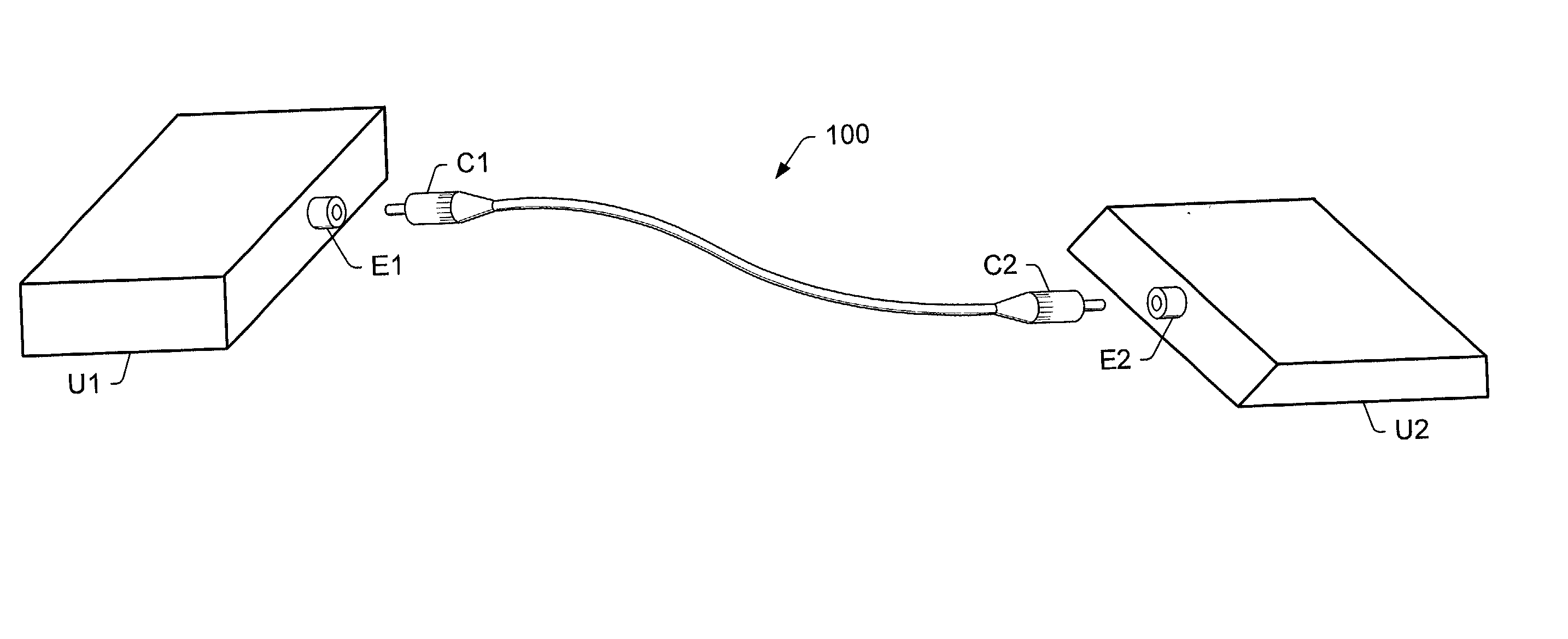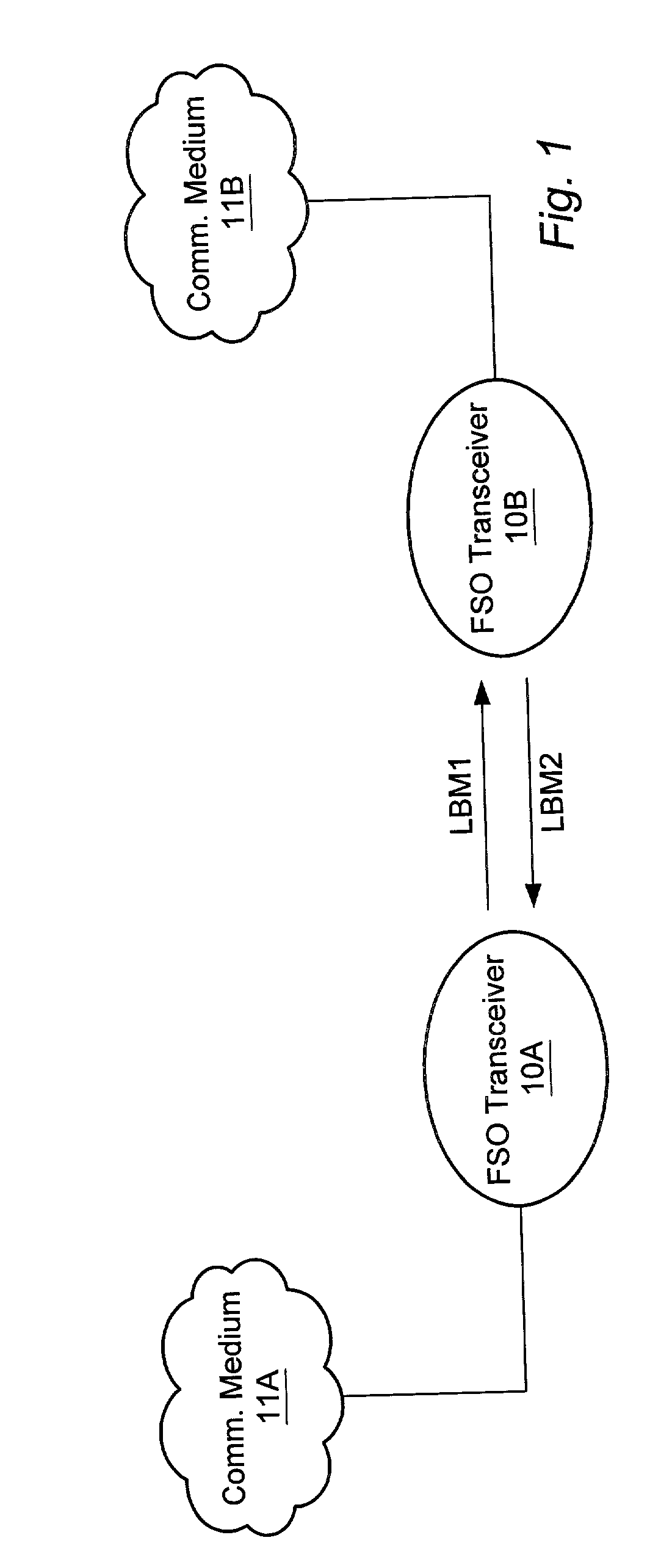Hybrid electro-optic cable
a hybrid cable and optical communication technology, applied in the direction of cables, flat/ribbon cables, instruments, etc., can solve the problems of pstn carrying the triple burden of voice, fax, data communication, and severely limited transmission bandwidth to a telephone subscriber, and achieves reduced initial system cost and ongoing maintenance costs, and significant savings for users/clients
- Summary
- Abstract
- Description
- Claims
- Application Information
AI Technical Summary
Benefits of technology
Problems solved by technology
Method used
Image
Examples
second embodiment
[0176] In a second embodiment, hybrid cable 960 is replaced by hybrid cable 100 and a separate insulated electrical wire. The two electrically conductive connections are provided by conductive strands in hybrid cable 100 and the separate insulated electrical wire.
third embodiment
[0177] In a third embodiment, hybrid cable 960 is replaced with hybrid cable 600. The two simplex units in hybrid cable 600 each contribute one electrically conductive connection. The optical fiber in one simplex unit carries the bi-directional light traffic while the optical fiber in the other simplex unit may be unused. Equivalently, two of hybrid cable 100 may substitute for hybrid cable 600.
[0178] In another set of embodiments, an optoelectronics module may be configured as a transmit-only device. Thus, the optical receiver 722 may be omitted from optoelectronics module OEM, and the optical antenna unit OAU may be configured with only one lens cone. At least one hybrid cable couples the optoelectronics module and optical antenna unit to provide a fiber optic path for the transmit light beam. As with the bi-directional transceiver embodiments described above, a variety of connectivity options are available for providing the two electrical connections in support of the safety cont...
PUM
| Property | Measurement | Unit |
|---|---|---|
| mean time before failure | aaaaa | aaaaa |
| length | aaaaa | aaaaa |
| field of view | aaaaa | aaaaa |
Abstract
Description
Claims
Application Information
 Login to View More
Login to View More - R&D
- Intellectual Property
- Life Sciences
- Materials
- Tech Scout
- Unparalleled Data Quality
- Higher Quality Content
- 60% Fewer Hallucinations
Browse by: Latest US Patents, China's latest patents, Technical Efficacy Thesaurus, Application Domain, Technology Topic, Popular Technical Reports.
© 2025 PatSnap. All rights reserved.Legal|Privacy policy|Modern Slavery Act Transparency Statement|Sitemap|About US| Contact US: help@patsnap.com



